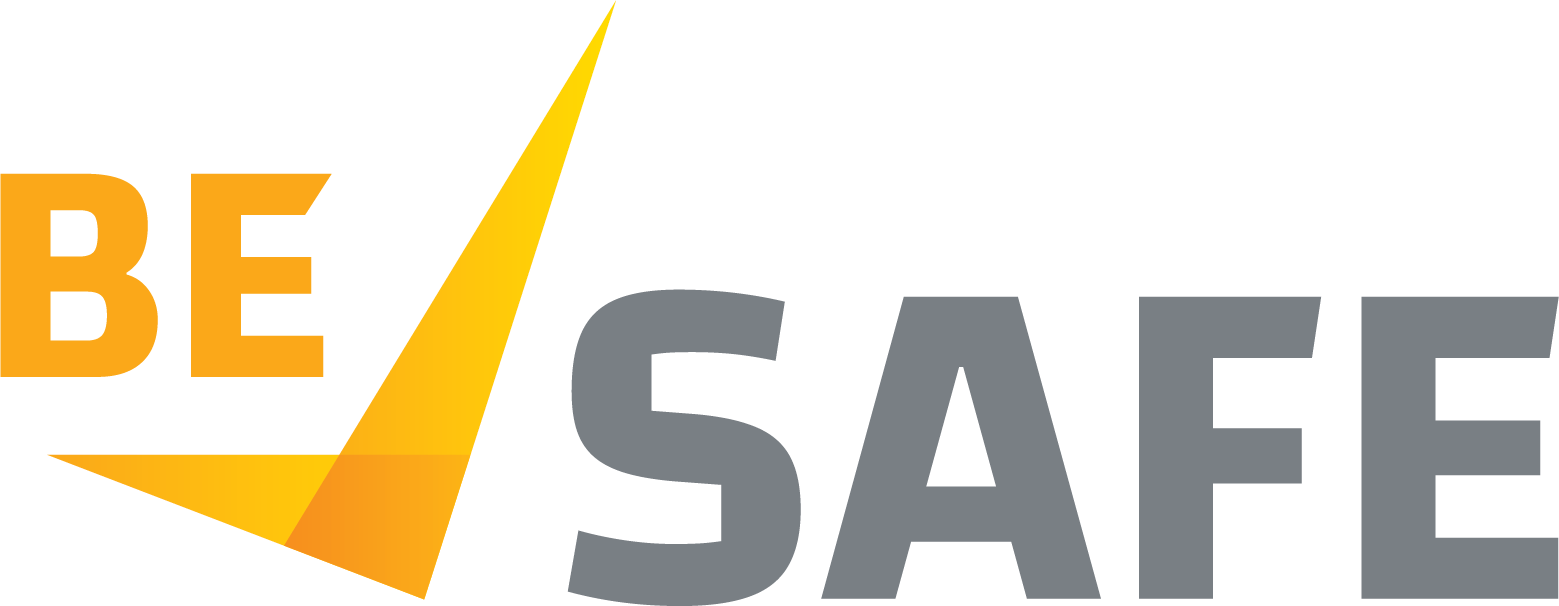Notorious Elevated Work Platforms
Elevated Work Platforms (EWP’s ) can take a number of forms including scissor lifts, vertical mast lifts and the various types of boom lifts/ cherry pickers.
But no-matter which type, EWP’s are notorious - being responsible for deaths and injuries in the workplace. Recently in Victoria, there was a tragic incident which resulted in the death of an employee.
The use of an EWP can expose an operator to multiple hazards, including:
- Electrical
- Crushing
- Falls
- Overturning
- Water
- Falling objects
- Collision
- Environmental hazards
All people who are involved in the use of an EWP must be trained, competent and supervised. This includes the operator and the observer or spotter.
For boom type EWP’s, a High Risk Work License (HRWL) is also required.
Electrical Spotters training is also required if the EWP will be operated in an area where there are power lines.
Use of EWP’s which classify as High Risk Construction Work will also require work to be conducted in accordance with a Safe Work Method Statement (SWMS).
The use of harnesses may also be required and training in their use must be provided.
Inspections and maintenance of the EWP must be undertaken, including pre-start checklists and procedures.
There must be emergency procedures in place, including training in these procedures.
Above all, a person operating an EWP must never work alone.
When planning to use an EWP - The same principles apply as with all OHS matters – That is, that hazards must be identified and controlled, in line with the hierarchy of control. The employer has a duty to use the highest order control to protect their workers from harm.
For more information on the use of Elevated Work Platforms, visit: Elevating-work-platforms-edition-4-2023-06.pdf
or contact BeSafe Victoria HSR Training and support | BeSafe | Regional Victoria




